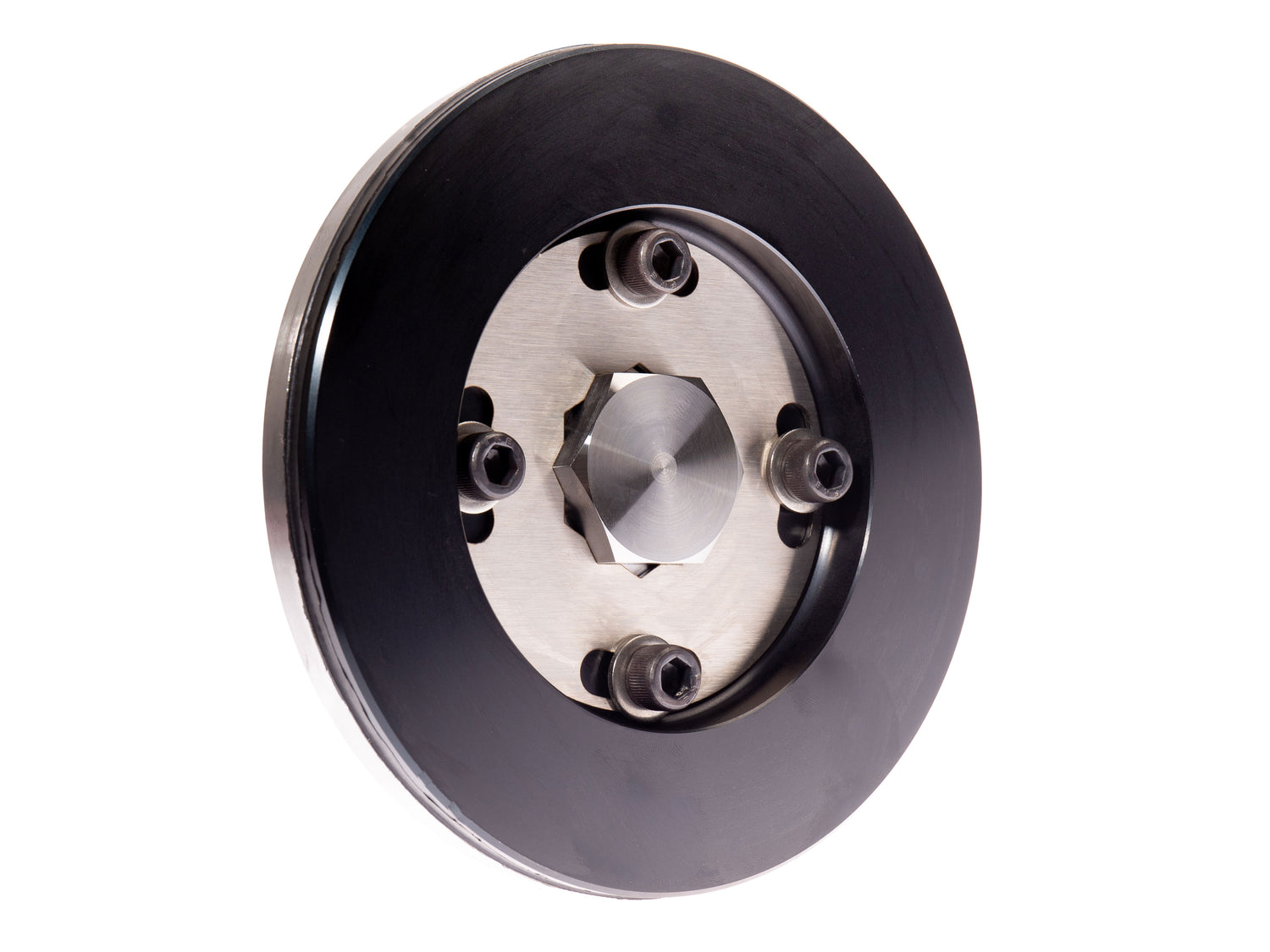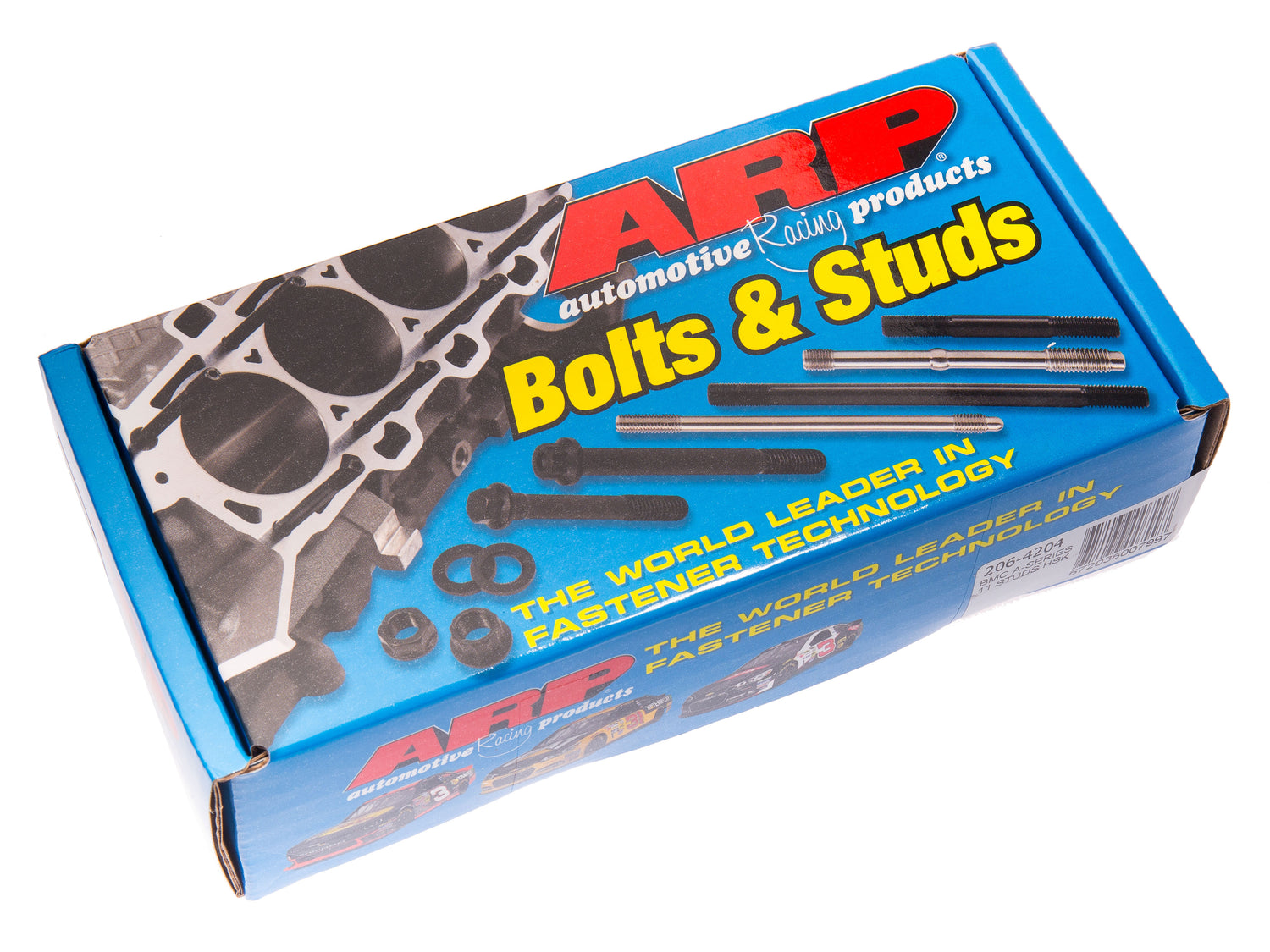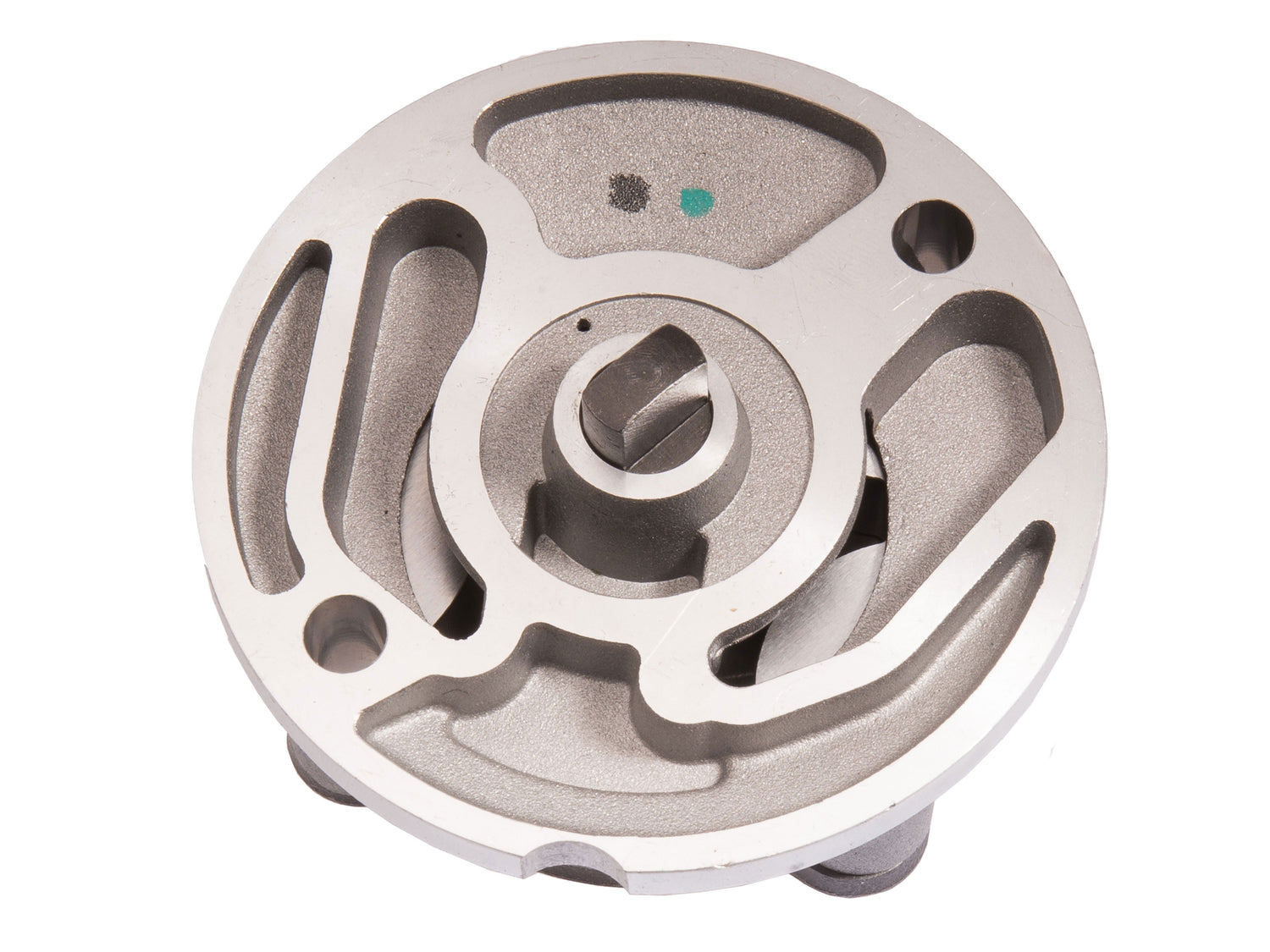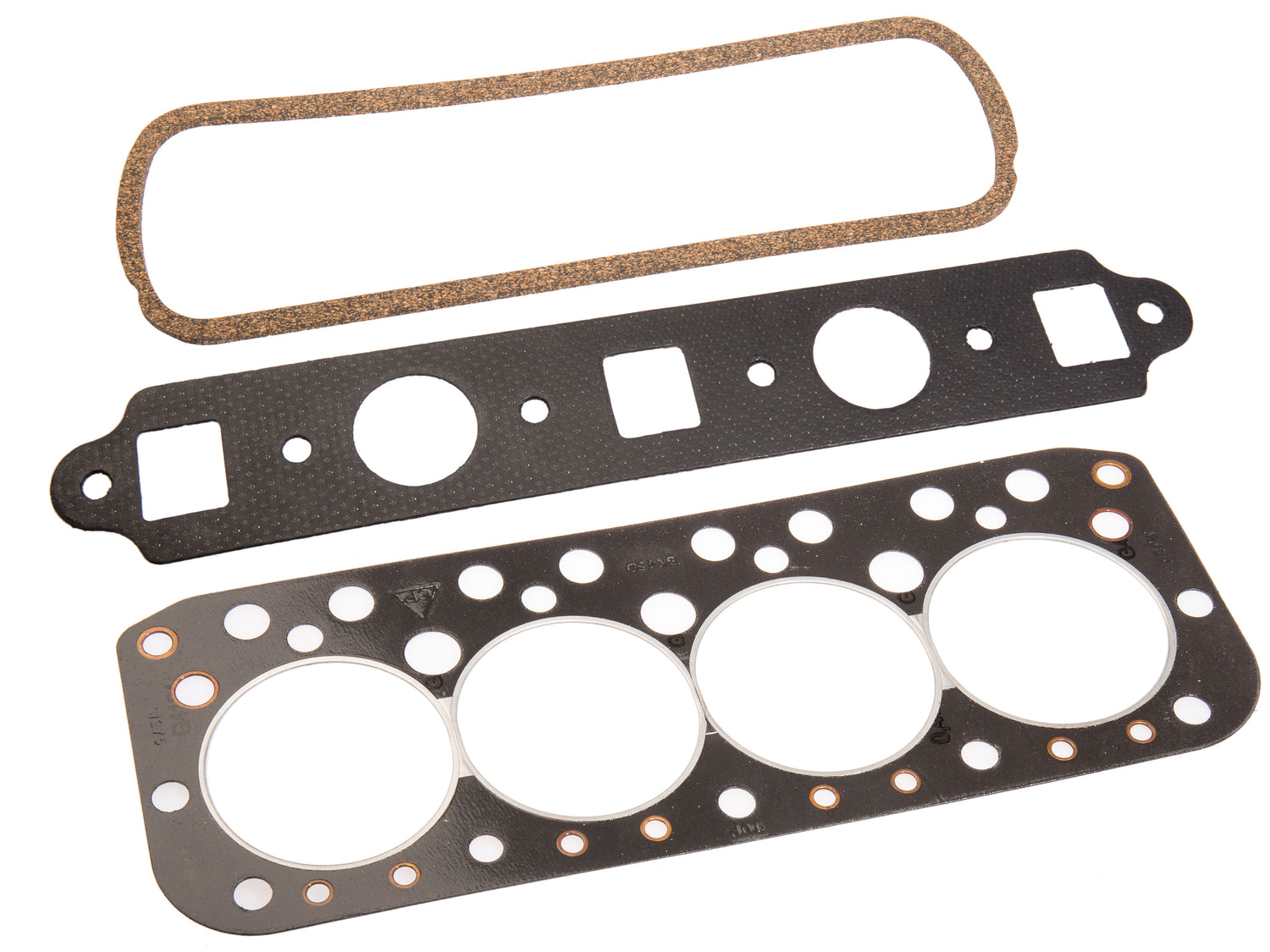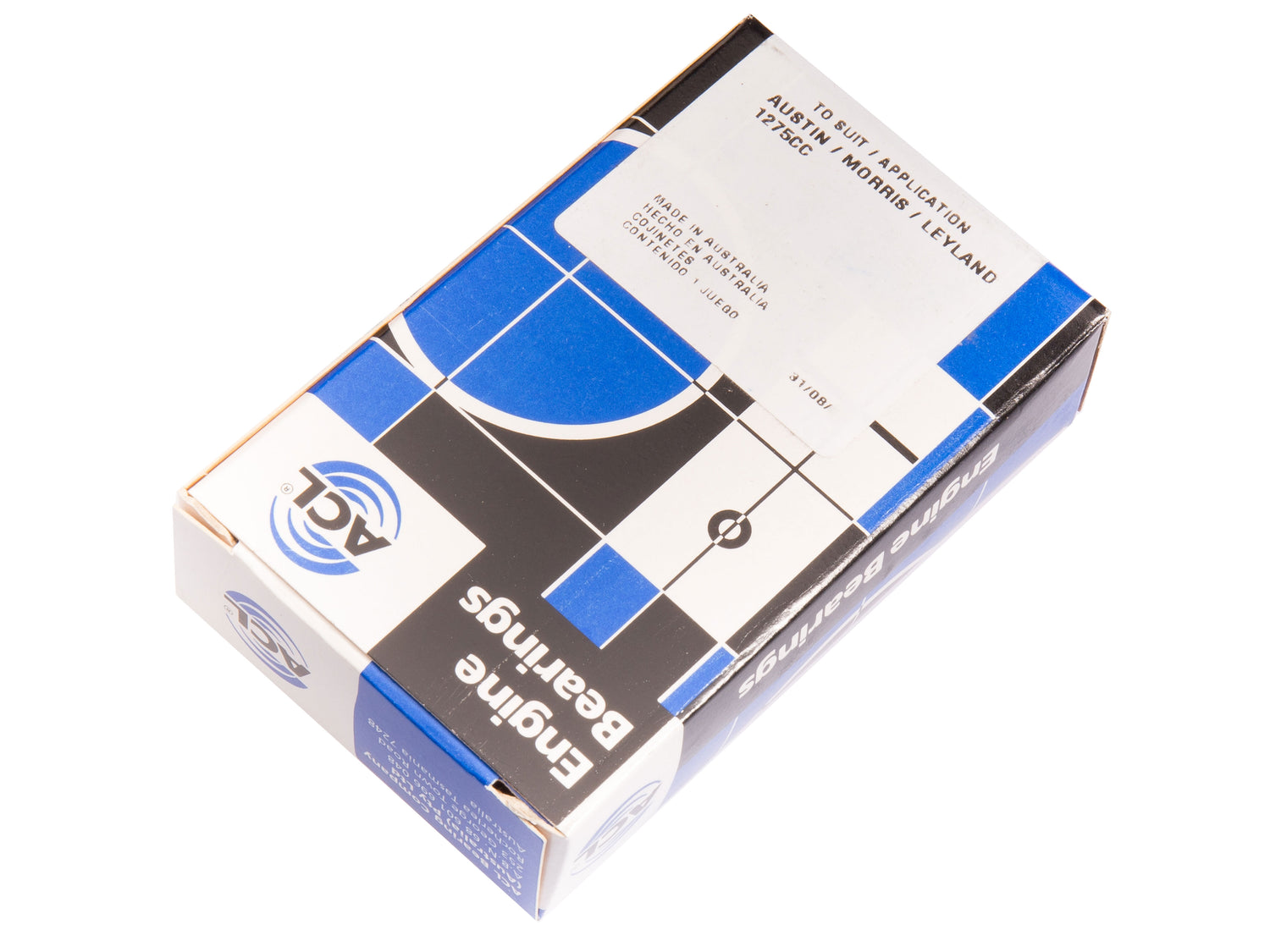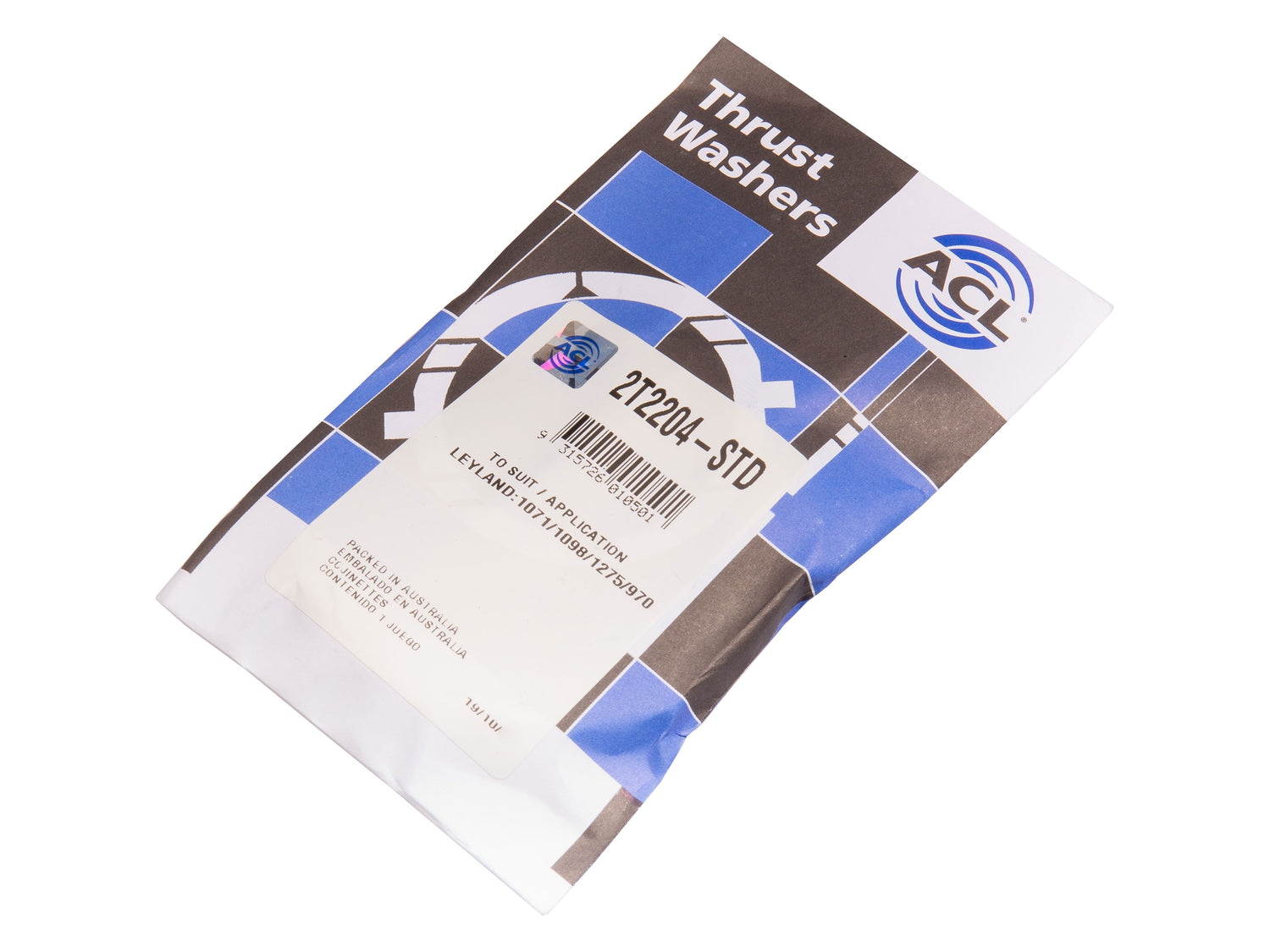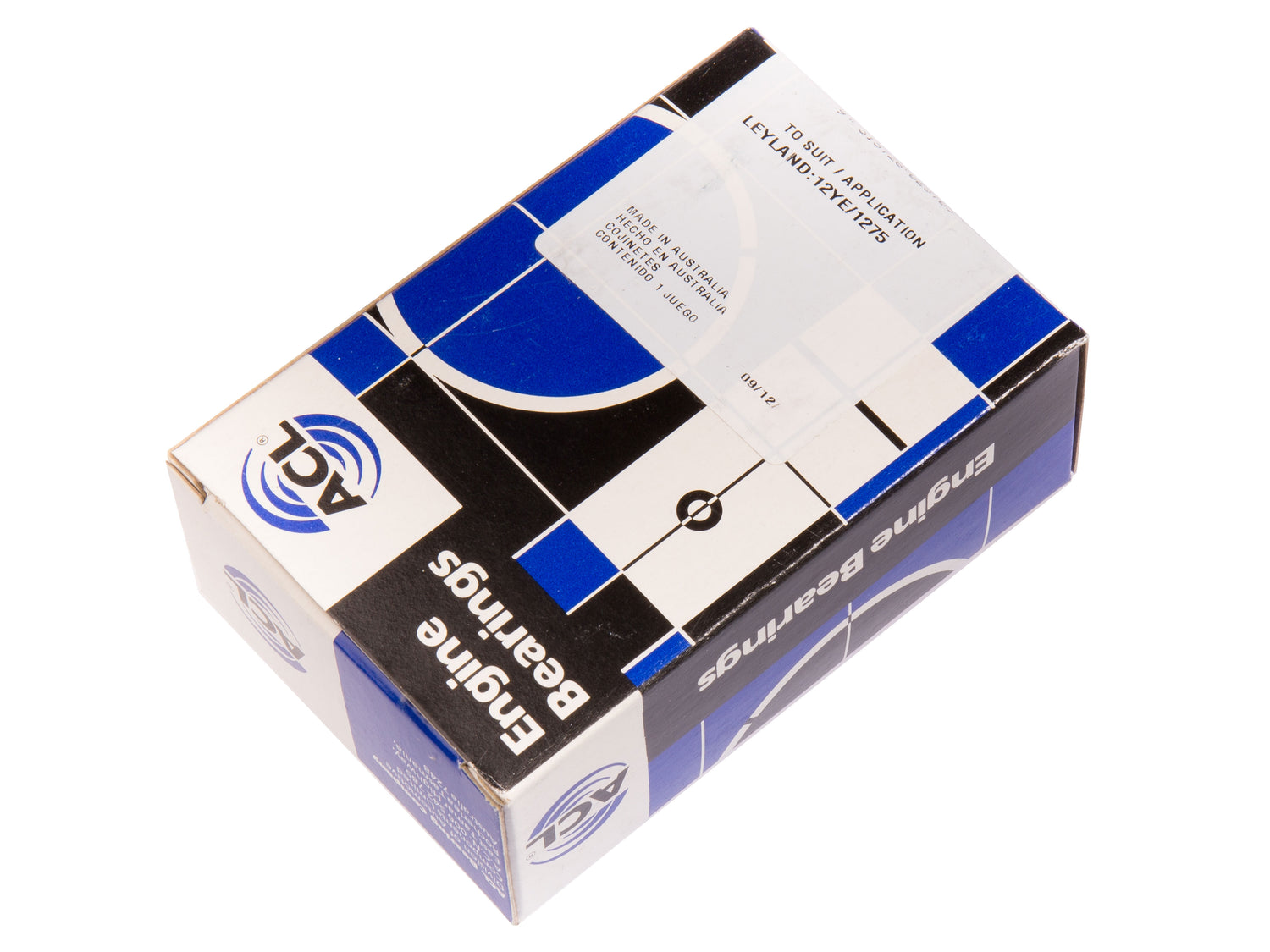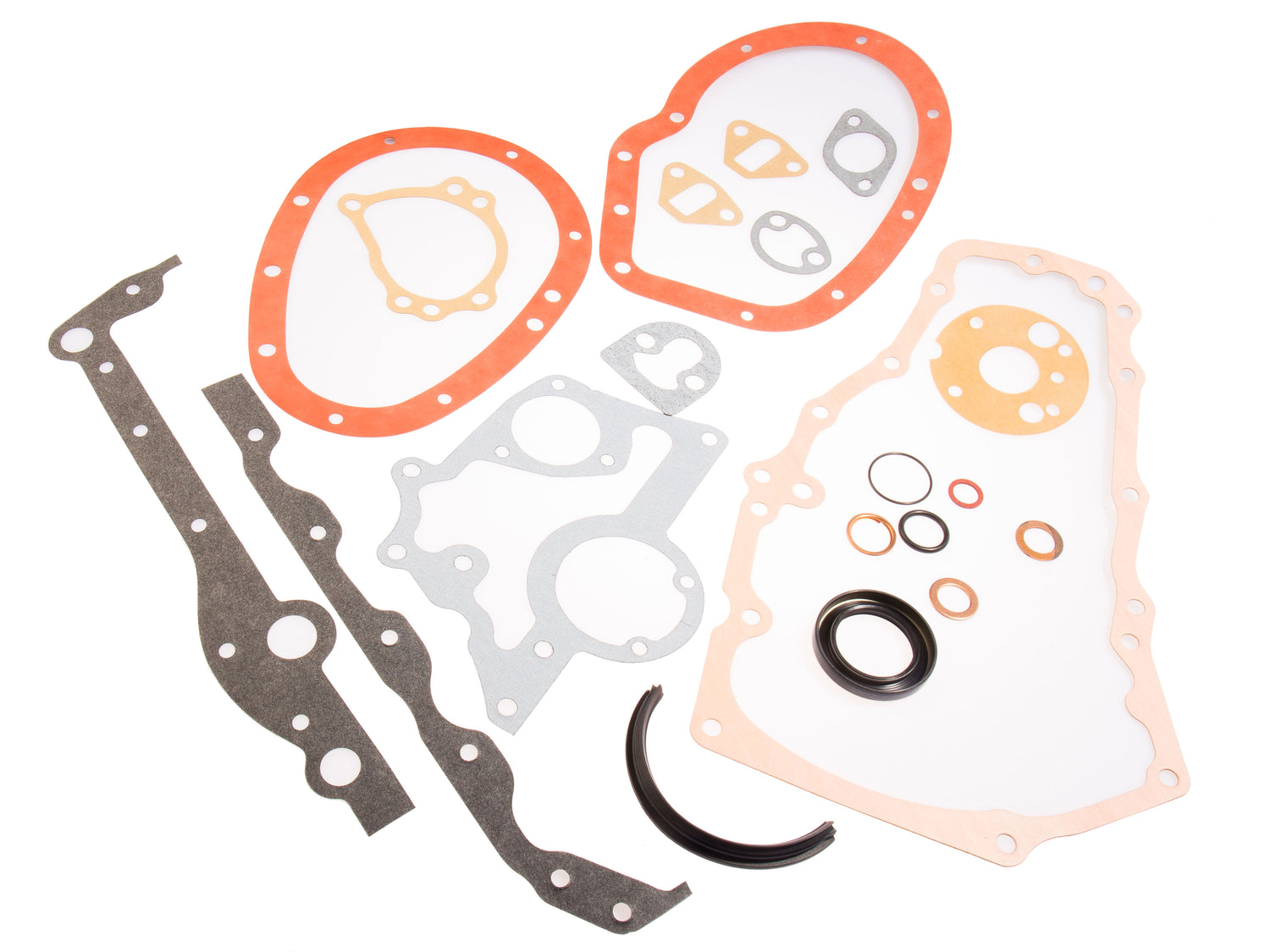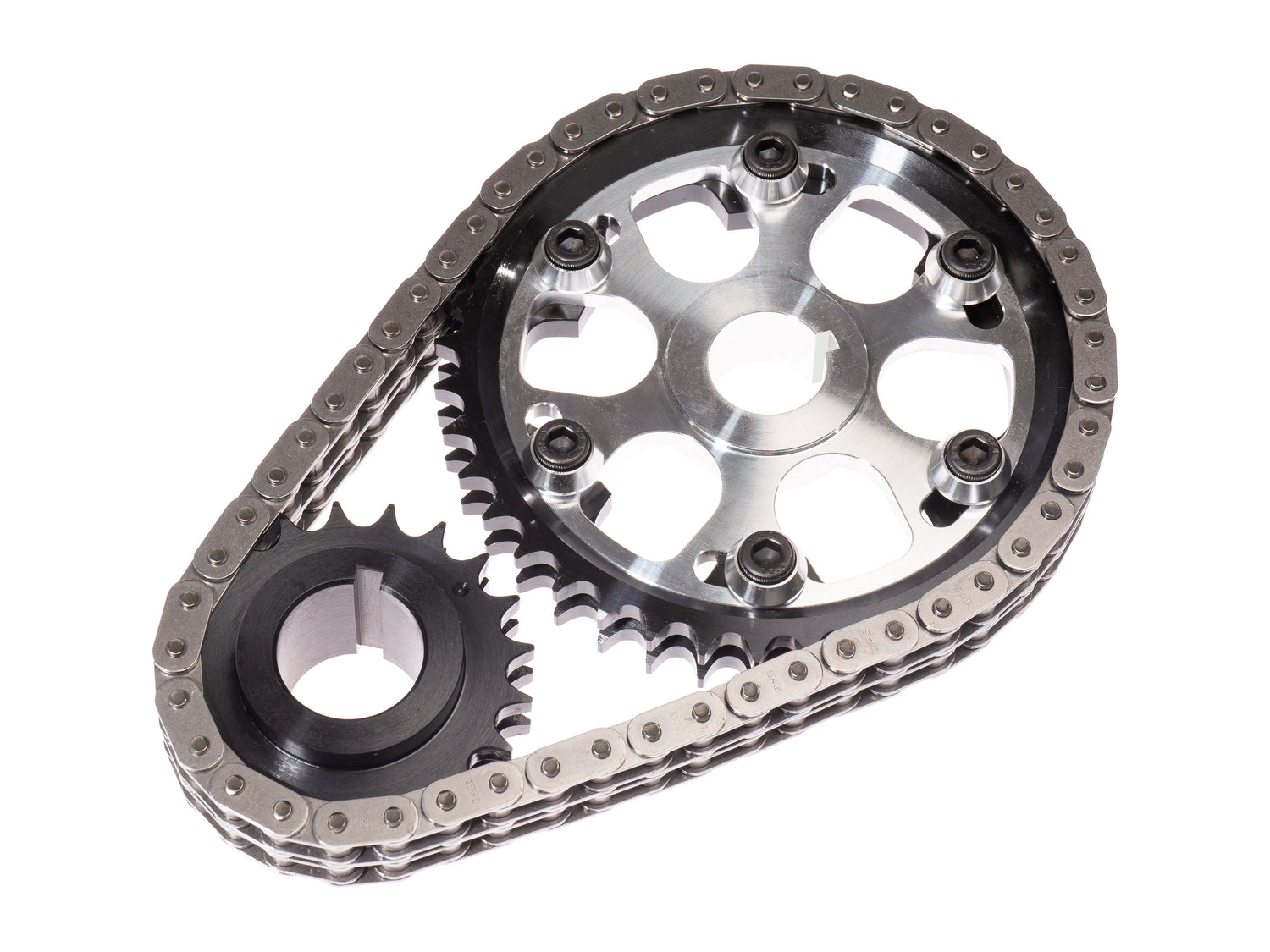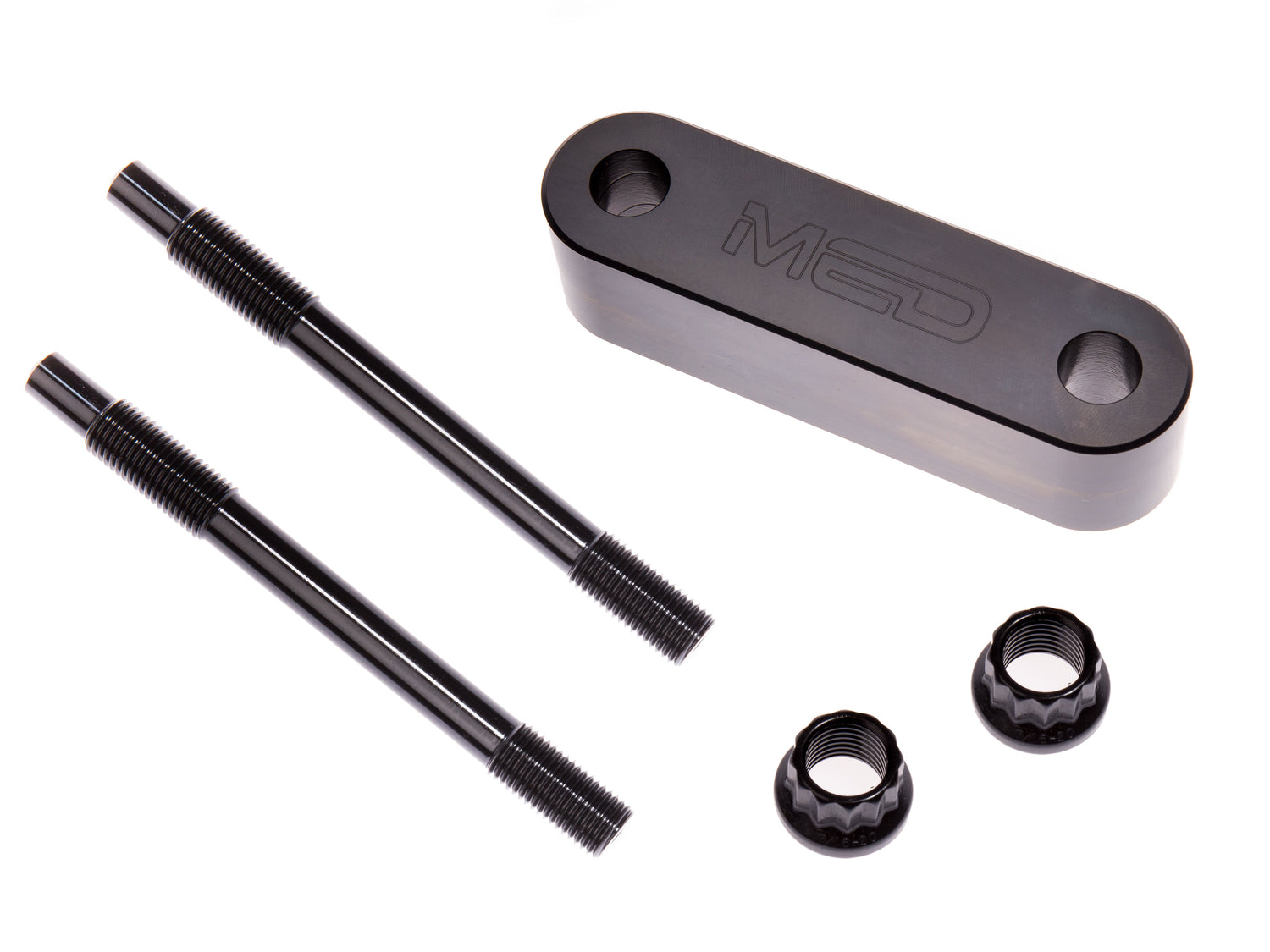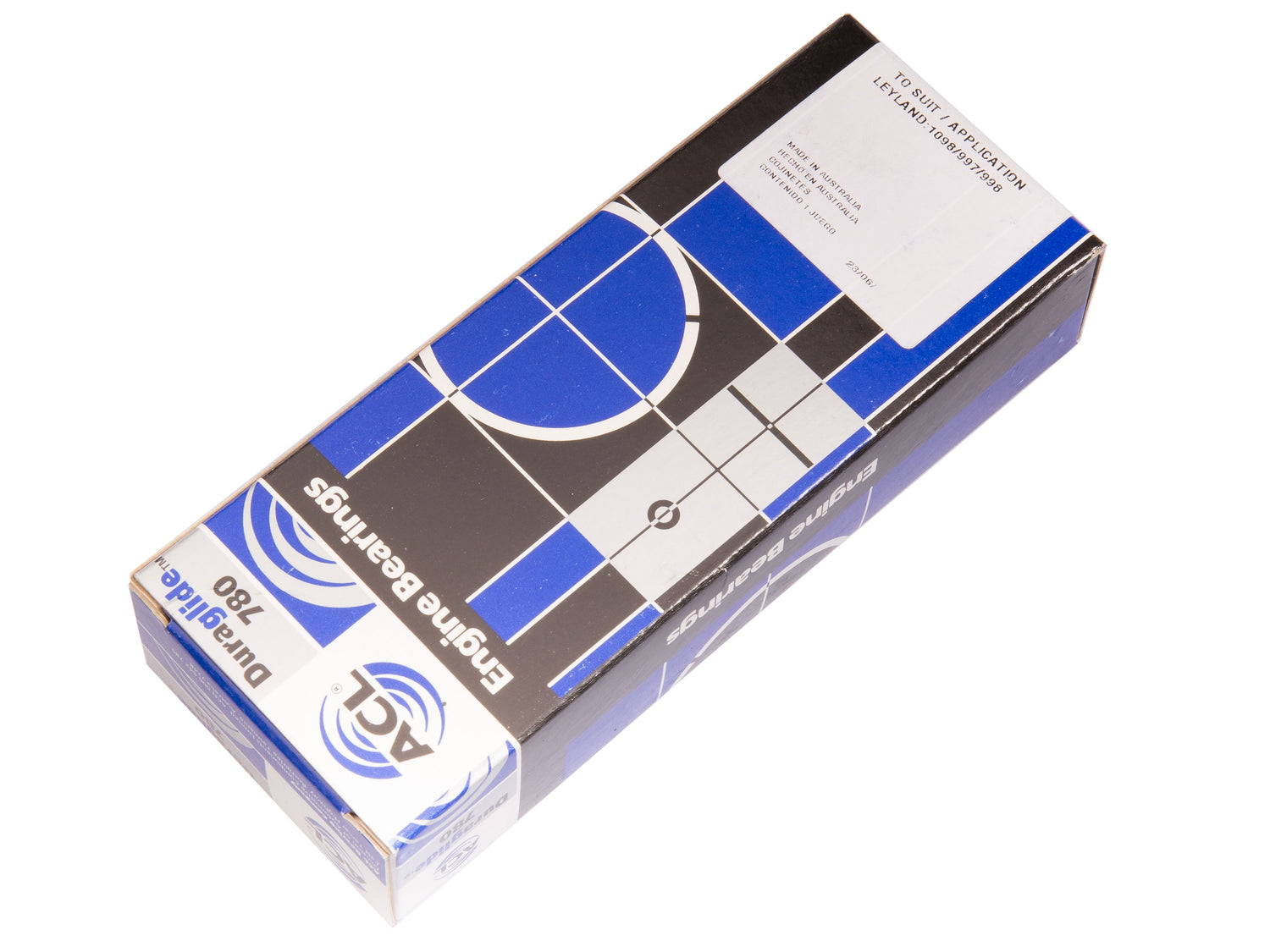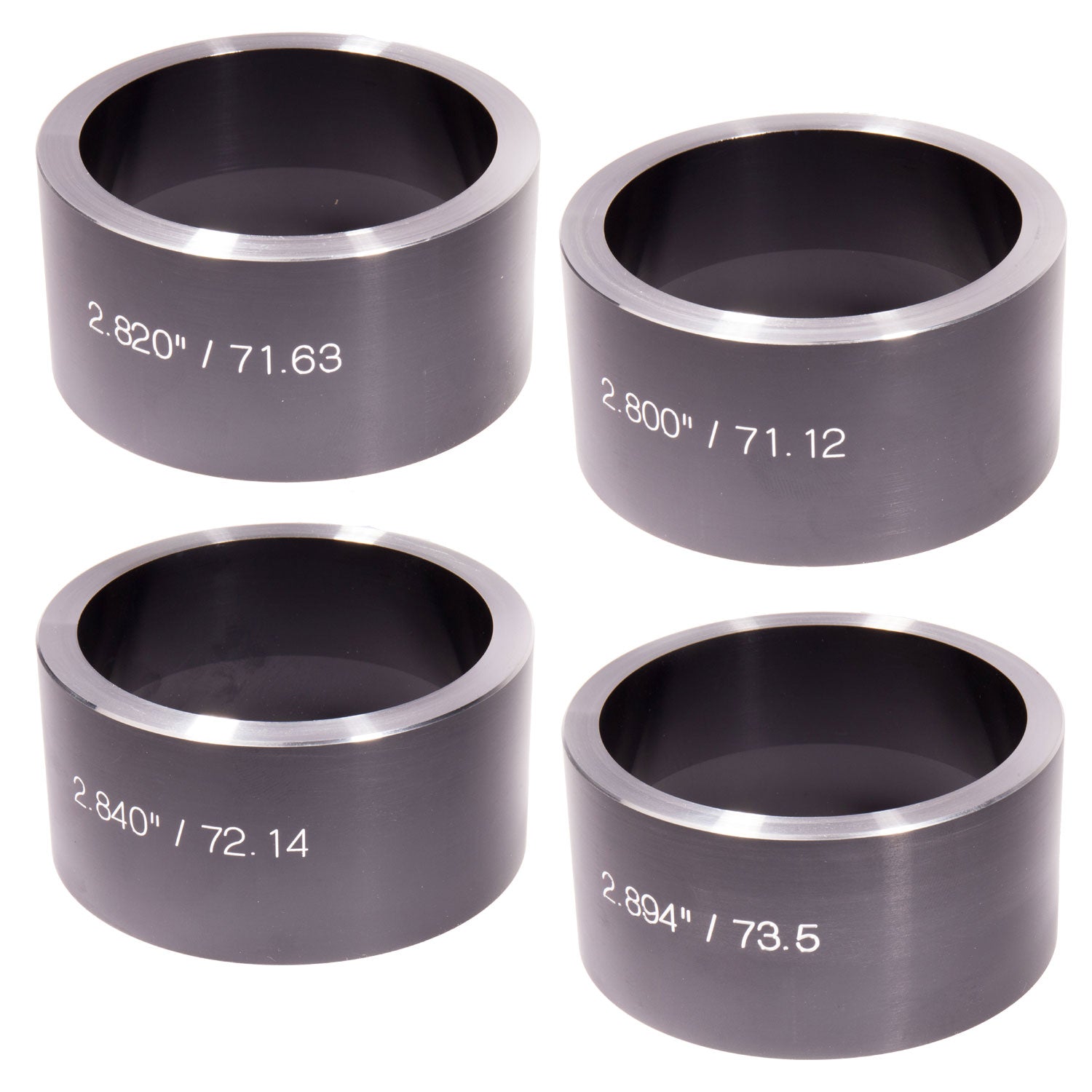Classic Mini Suspension Geometry Setup Guide
Accurately adjusting the suspension geometry on any car is crucial to get the most from its handling potential, but the classic Mini with its short suspension arms and firm ride is particularly sensitive to geometry changes.
A bit like classic Mini wiring, many see suspension geometry as a black art, when really it just takes time and a little knowledge. With a flat floor at home and some relatively basic kit you should be able to do a good job.
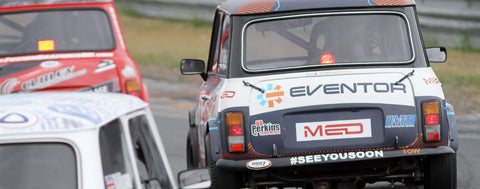
Alternatively, you may prefer to just "get the wheels in line" at home before visiting a specialist for the final tweaks. Generally speaking, we would avoid using regular high street tyre centres for a setup, as the Mini's 10-inch wheels are often too small for their laser alignment rigs.
You're also unlikely to get the same level of precision as from a specialist, which is fair enough, given that tyre centres only charge around £40 an axle. A full race Mini suspension setup may cost up to a day's labour at a Mini specialist. For a road car, budget for half a day.
If you're unsure who to trust your classic Mini suspension setup with, perhaps visit a race meeting with Minis on the lineup, as there will be sure to be plenty of people in the paddock who will be able to help.
If you're looking for a classic Mini suspension upgrade, read on to see how to measure and adjust suspension geometry.
Disclaimer - Before tinkering with your classic Mini's suspension geometry, ensure you have the technical ability and equipment to carry out the work safely.
Our suggestions below are for guidance only. MED cannot be held responsible for any mishaps resulting from incorrect setup or workmanship.
Right, onto the setup guide...!
| Technical Jargon | Description | Starting point |
| Tracking angle |
The direction a pair of wheels are facing on a single axle, viewed from above. Described as toe-in when the wheels are steering in towards each other, or toe-out, when they're steering outwards. For Mini setups, this is typically measured in thousandths of an inch. Some use minutes, degrees, or millimetres. |
Road - 1/16" toe-out front, 1/16" toe-in rear. Race - 1/16" toe-out front, straight rear. |
| Camber angle | Viewed from the front/rear of the wheel, how parallel it's positioned to the ground. Negative camber leans the top of the wheel inwards to the car, positive camber outwards, like an old wagon! A small degree of negative camber can help grip when cornering, allowing the tyre tread better contact with the road as the suspension and tyre compresses. |
Road - 1 to 1.5-degrees negative front, 0.5-degrees negative rear. Race - up to 2.5-degrees front, 0.5-degrees negative rear. |
| Caster angle |
Viewed side-on, the angle in degrees between the upper and lower front suspension arms where they attach to the hub carrier. Imagine a line connecting the upper and lower balljoints. This is always a positive angle, with the lower balljoint situated in front of the upper balljoint. Positive caster helps to self-centre the steering and provide directional stability. |
Road - 2 to 3-degrees positive. Race - 3-degrees positive. |
| Ride height | How far the car is sitting from the ground, usually measured from the outer sill lip on a classic Mini, front and rear. |
Road - 9.25-inches front, 10.25-inches rear. Trackday - 7.5-inch front, 8.5 inch rear. Race - 6.5-inches front, 7.5-inches rear. |
| Rake | The difference in ride height, front to rear. Positive rake sits the front lower than the rear. | 1-inch positive. |
| Corner weight | Usually reserved for trackday and competition Minis, the ride height is adjusted while the car is positioned on four weighing scales, to check and tweak the overall balance/grip. | Aim to match the front corner weights evenly. Some prefer to try and balance the car diagonally. |
Classic Mini Adjustable Suspension Components
On a factory-standard Mini, without buying anything extra, adjustment can only be made to the front tracking angle. This is done by lengthening or shortening the steering rack by winding the track rods in or out of the track rod ends.
It's essential to centralise the steering wheel and rack when making adjustments. The extended track rod ends, above, are very useful on cars with lowered suspension and/or increased negative front camber angles.
To safely adjust the front camber and caster angles, a set of adjustable lower arms and tie-rods will be required. Camber and caster angles are directly related, so we would always recommend installing both of these items as a set. 
Solid rod-ends on the MED lower arms and tie-rods give the most direct handling, with no rubber bushes in sight. For a fast road or competition Mini they come highly recommended.
To adjust the rear tracking angle on a standard Mini, you will need a set of tracking shims. These install between the radius arm outer bracket and the subframe to alter the angle of the rear arm shafts.
Rear camber angle can be tweaked with a pair of adjustable radius arm brackets. We have come to prefer camber-only adjustment here, and the shims above to adjust the tracking. Although it is more time consuming to setup than the multi-adjustable types, this tends to be the strongest setup.
Ride height (on a dry suspension car) can be altered with a set of adjustable suspension platforms. The MED kit is designed to be easily adjusted in situ using the external adjuster nuts.
On a full-race Mini we would recommend drilling the front tower bolts and springs to allow a 10mm hex bar down to adjust the platforms internally. On the rear you will need to drill the rear subframe aperture larger and remove the rear valance panel for access.
This is quite some effort, and will render the usual front cone compressor redundant (so you'll need to remove the top arms to remove the rubber springs), but it allows ride height adjustment without moving the car from a set of corner weight scales.
The finishing touch would be a set of new suspension springs/cones and uprated dampers such as the MED Classic Mini Nitron adjustables.
We would also highly recommend installing a rear anti-rollbar kit for any spirited use, to keep both front wheels planted during hard cornering and reduce understeer.
Classic Mini Geometry Setup
The recommended order to adjust the Mini's suspension is -
1. Ride height
2. Rear tracking
3. Rear camber
4. Caster (front)
5. Front camber
6. Front tracking
7. Corner weights
8. Check/reset front camber/caster
9. Damper and anti-rollbar setup
1. Adjust the Ride Height
Firstly ensure the tyres are inflated to the recommended pressures. On a 10-inch wheel car with large sidewalls on the tyres, a lower PSI can make a surprising difference to the suspension geometry. If the Mini has an anti-rollbar installed, disconnect one of the drop links now.

Check the table above for a good starting point on ride height. Raising the rear of the Mini 1" higher than the front reduces squat under acceleration and also helps front-end grip and turn-in.
Ride height is adjusted on a dry-suspension Mini by altering the length of the spring platforms, or trumpets. On-car adjustable platforms are a much easier and safer method than the old fashioned bodge of trimming them down/fitting spacers back under the knuckle joints. Yes, people actually did that in decades past!
The design of the Mini's rear suspension arms makes ride height adjustments more sensitive than the front, and at lower ride heights you will find the ratio is exaggerated further, as it’s non-linear.
Workshop manuals suggest the ratio is 3:1 front and 5:1 rear, so for 1" of adjustment at the rubber spring, the ride height will change by 3" front and 5" rear. We've found that's only a rough guide.
Roll the car forwards and backwards to settle the suspension between height checks.
2. Adjust the Rear Tracking
Tracking describes the attitude of a pair of wheels on the same axle line when viewed from above. Toe-in is where the front of the wheels point inwards, and toe-out is the opposite.
Slight toe-in at the rear is safer, more stable, whereas straight ahead or toe-out can introduce oversteer. It’s down to personal preference as much as the use of the car. 
Traditional Dunlop tracking gauges are the choice of most Mini specialists, and in the right hands they are just as accurate as laser alignment rigs. On the rear, the reading on the gauge is effectively in reverse, which is worth bearing in mind if you're new to this.
To increase toe-out, if the Mini has 10-inch wheels, each MED tracking shim placed between the radius arm brackets and the subframe will adjust the tracking by the thickness of the shim. This could either be 0.5mm or 0.9mm.

Once the rear tracking angle is correct, all good, but the axle line may not be in parallel with the car itself, and the rear end could be effectively ‘crabbing’ sideways down the road.
You may have seen this before after a rear subframe change, or accident repairs.

Where the wheels protrude from the arches, a quick check is to place a long straight-edge bar across the rear wheel rim and measure the distance from the bar to the edge of the sill lip towards the front of the car. It needs to be exactly the same side-to-side.

Another method – string is tied around two axle stands at the front of the car and pulled taught around the centreline of the rear wheels. The front wheels will need to be removed where the front track width exceeds the rear track width.
The string is initially angled to touch the rear of the wheel rim only, not the front. The axle stands up front are then brought inwards towards the centre-line of the car until the string touches both the front edge of each rear wheel rim too.

A measurement to the sill lip can then be taken, both sides, and compared to ensure that the wheels are straight to the body.

But sometimes the sills are not the most accurate measuring point – the car could have been crashed or badly repaired perhaps.
The front hub nut thread (susceptible to camber changes), or a point on the front subframe (more accurate), could then be used as a reference.
3. Adjust the Rear Camber
Negative camber angles the wheel outwards at the bottom, so during hard cornering, the outer tyre (i.e. left side on a right turn, right side on a left turn) has more of its grippy tread in contact with the road surface.
A camber gauge is placed on the wheel, offset front or rear to avoid the 'bump' at the lower edge of the tyre. Here’s a close up of the ADA caster gauge we keep, which doubles up as a caster gauge.
There is a fine balance between too much negative camber and just enough, but if you refer to the starting points in the table above, you'll be in the right ball park.
The adjustable rear camber brackets have serrations on the outer edge and a matching outer plate to retain the shaft pin. Each serration equates to 0.5 degrees of camber adjustment. 
Standard Minis typically have slight positive camber on the rear wheels, and it's often uneven side-to-side for good measure. Adjusting this to be parallel with the road, or with slight negative camber, will increase rear grip.
It’s important to roll the car forwards and backwards between making any adjustments, to allow the suspension to settle.
4. Adjust the Front Caster
Front caster angle now – the angle between theoretical lines through the balljoint centres and vertically through the hub centre, which aids self-centring of the steering and helps to stabilise the car.
It’s absolutely crucial to match this side-to-side.
To assess caster angle, the front wheels are first placed on turntables. Caster angle is measured by turning the wheel through a 20-degree arc on the turning plates and comparing the readings before and after.

Shortening the adjustable tie-rods will increase the caster angle, lengthening will decrease it, but it will always be a positive reading.
Excess caster angles can make the steering stiffer, but some Mini racers prefer it, as it can increase camber gain during hard cornering. This may or not work in your favour depending on tyre choice.
5. Adjust the Front Camber
With the caster angle matched side-to-side, the camber angles can be adjusted.
Camber and caster are directly related, as the tie-rods and lower arms connect at the lower balljoint. Adjusting caster has more effect on camber than vice versa, hence why it’s sorted first.

You will need to double check camber and caster angles as you get closer to the desired settings, as there will be a balance between the two angles.
Increasing the length of the lower arm will move the front wheels towards negative camber, shortening them will give positive camber.
6. Adjust the Front Tracking
The final step on a road-going Mini set-up is the front tracking, which is adjusted by evenly altering the length of the track-rod ends.
It’s good to ensure the steering wheel is centralised, but equal track-rod lengths should be the priority, as the steering wheel can easily be removed and rotated a spline or two on the column shaft.
On a racing Mini, it's common for the steering wheel to move during a hard session, and the stripe on top of most race wheels is good indication of what's happened.
It can be caused by knocking wheels with a competitor or hitting kerbs.

Hard impacts can bend the steering arms or track rod ends, and sometimes move the steering rack across the toe board. It's why most racers take a set of tracking gauges, a spare rack, track rod ends and steering arms with them to the race circuit.
7. Setting Corner Weights
Corner weight setup is typically reserved for serious trackday or competition Minis where everything else has already been perfected; there are too many variables to consider on a road car, so you'd usually just adjust the ride height and leave it at that.
Corner weight setup is relatively self explanatory - with the Mini driven onto four scales, a readout is displayed from each wheel, so the car's weight balance can be adjusted.
The aim is to match the weights side-to-side as closely as possible to ensure a good balance from the outset, with priority given to the front wheels, as they do the most work.

It’s performed by adjusting the ride height on individual corners (with any anti-rollbars left disconnected), increasing ride height to increase the weight, and decreasing to lower it.
To get things perfect can take a very long time, as each adjustment will affect the other three corners, not just the wheel diagonally opposite.
You can see that there is inherently something problematic with the setup above, with 48kg difference across the rear axle. At this point you might wish to look at physically moving weight around the car to correct the balance.
Logically, corner weights are best set with the driver in place, or an equivalent weight in the driver's seat, and half a tank of fuel.
8. Re-check your settings
With the corner weights set, you've effectively moved the ride height around, and that can, in-turn, adjust front camber and caster settings.
Check them and reset. Once set, re-measure the ride heights and this can become your datum for any tweaks whilst at a race circuit.
Most circuits will have a recognised 'flat patch', like this one at Brands Hatch. So if you find that the rubber cones have settled for example, raising the ride height back up to your initial settings should correct the front suspension geometry to where you began.
9. Dampers and Anti-rollbars
Now everything is perfectly set as a starting point, you will need to adjust the length of the anti-rollbar drop link, where fitted. With the car still on your flat patch, adjust the drop link so that the fixing bolt slides straight in.
Otherwise you will have pre-load on the bar when sat stationary on the flat. 
Adjustable dampers are the final tweak that you may wish to make at the circuit, or on the road for comfort. All dampers will be different, while some may even be multi-way adjustable to really complicate matters.
We have found that with the Nitron NTR dampers, which are single-way adjustable for bump and rebound, two clicks will make a noticeable difference to the car's handling.
With some cheap adjustable dampers, you can fiddle around all day and not notice any difference...!
Only adjust one axle at a time (front or rear). Specifically with our Nitron dampers, on each time you make an adjustment, wind all the way to full hard, and count the clicks back. Start at minus-10 clicks from hard front and rear. 
For wet races, soften the dampers by a couple of clicks, to introduce more compliance to the suspension. Some may go so far as to disconnect the rear anti-rollbar.
After all of this, the golden rule - only change one thing at a time.
You will be amazed how well a carefully aligned classic Mini will handle the corners.
April 2024








